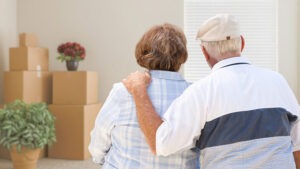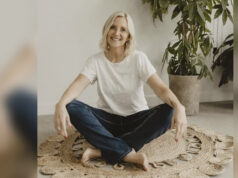For seniors, having a serious fall can be the beginning of turning a bad situation into much worse. Yet, as seniors lose strength, or have health challenges, the risks of falling can increase significantly.
There is no denying that in this case, an ounce of prevention can be worth a pound of cure. If precautions are not in place, having a bad fall will put you at risk of serious injury.
We have come up with these simple fall-prevention measures, from reviewing your medications to hazard-proofing your home.
1. Do a healthcare inventory
Of course, it starts with a consultation with your doctor. Reach out and ask about the side effects and mobility issues you may be having. Be ready to answer questions regarding:
Medications: What prescriptions are you taking? This will include any and all over-the-counter or health supplements that you are taking as well. Your doctor can review these medications for side effects and any interactions that may be increasing your fall-risk. To help with fall prevention, your doctor may consider weaning you off medications that make you tired or affect your thinking, such as sedatives and some types of antidepressants.
Fall History: Have you fallen before? What were the details surround it? Have you had times where you did not feel stable or wobblier in your walking? Any more details you may have can be helpful to learning more about aids that can help you with solid fall-prevention strategies.
Overall Health Condition: This includes sight, hearing, or balance concerns. If you ever have dizziness, joint pain, numbness in your feet or uneven walking, these are considerable concerns to be addressed. Your doctor may evaluate your muscle strength, balance and walking style (gait) as well.
2. Movement
Physical activity can go a long way toward fall prevention. With your doctor’s OK, consider activities such as walking, water workouts or tai chi — a gentle exercise that involves slow and graceful dance-like movements. Such activities reduce the risk of falls by improving strength, balance, coordination and flexibility.
If you avoid physical activity because you’re afraid it will make a fall more likely, tell your doctor. He or she may recommend carefully monitored exercise programs or refer you to a physical therapist. The physical therapist can create a custom exercise program aimed at improving your balance, flexibility, muscle strength and gait.
3. Wear sensible shoes
Consider changing your footwear as part of your fall-prevention plan. High heels, floppy slippers and shoes with slick soles can make you slip, stumble and fall. So can walking in your stocking feet. Instead, wear properly fitting, sturdy shoes with nonskid soles. Sensible shoes may also reduce joint pain.
4. Remove home hazards
Take a look around your home. Your living room, kitchen, bedroom, bathroom, hallways and stairways may be filled with hazards. To make your home safer:
- Remove boxes, newspapers, electrical cords and phone cords from walkways.
- Move coffee tables, magazine racks and plant stands from high-traffic areas.
- Secure loose rugs with double-faced tape, tacks or a slip-resistant backing — or remove loose rugs from your home.
- Repair loose, wooden floorboards and carpeting right away.
- Store clothing, dishes, food and other necessities within easy reach.
- Immediately clean spilled liquids, grease or food.
- Use nonslip mats in your bathtub or shower. Use a bath seat, which allows you to sit while showering.
5. Light up your living space
Keep your home brightly lit to avoid tripping on objects that are hard to see. Also:
- Place night lights in your bedroom, bathroom and hallways.
- Place a lamp within reach of your bed for middle-of-the-night needs.
- Make clear paths to light switches that aren’t near room entrances. Consider trading traditional switches for glow-in-the-dark or illuminated switches.
- Turn on the lights before going up or down stairs.
- Store flashlights in easy-to-find places in case of power outages.
6. Use assistive devices
Your doctor might recommend using a cane or walker to keep you steady. Other assistive devices can help, too. For example:
- Hand rails for both sides of stairways
- Nonslip treads for bare-wood steps
- A raised toilet seat or one with armrests
- Grab bars for the shower or tub
- A sturdy plastic seat for the shower or tub — plus a hand-held shower nozzle for bathing while sitting down
If necessary, ask your doctor for a referral to an occupational therapist. He or she can help you brainstorm other fall-prevention strategies. Some solutions are easily installed and relatively inexpensive. Others may require professional help or a larger investment. If you’re concerned about the cost, remember that an investment in fall prevention is an investment in your independence.











